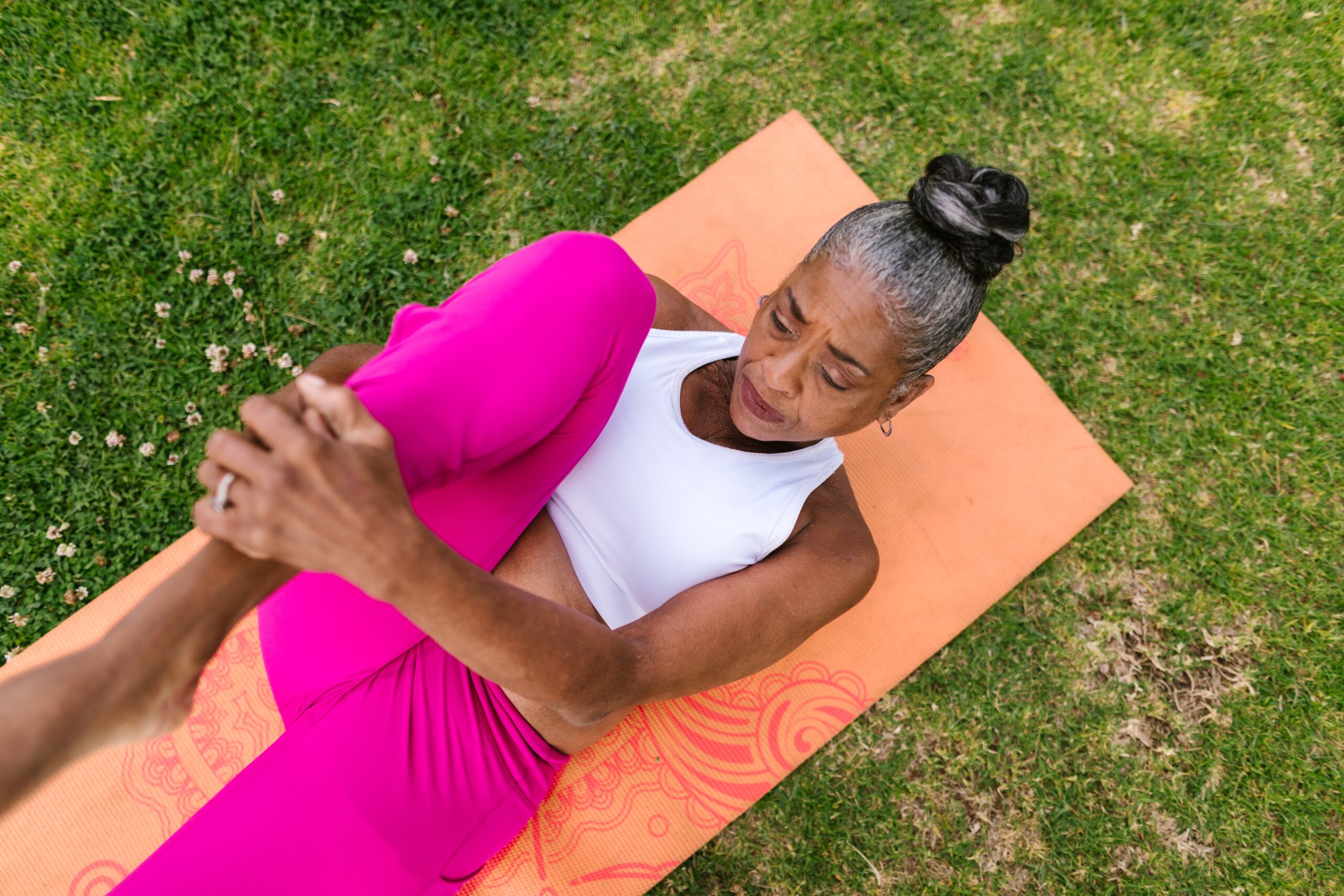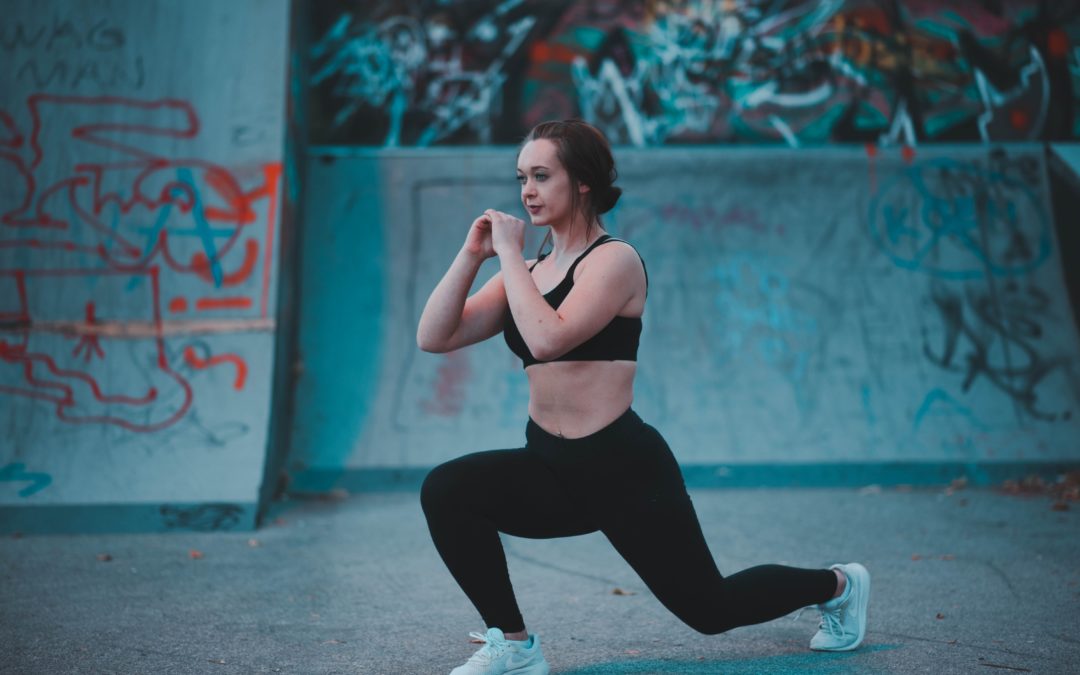
Aging like fine wine is a popular expression. However, the older you get, the more at risk you are for hypertension or high blood pressure. But one thing that could make a huge difference, according to experts, is exercising.
As you exercise, the heart grows stronger. It’s able to pump more blood to your body with less effort, thereby reducing blood vessel stiffness. The more you exercise, the more your cardiovascular system is able to function and flow with ease.
How exactly does exercise help? Mayo Clinic explains why exercise is good for those with high blood pressure, and anyone who wants to stay on top of their health.

Is exercise good for high blood pressure?
High blood pressure, when unmanaged, can lead to a cluster of risk factors, such as heart attack or stroke, aneurysm, heart failure, kidney problems, and more.
According to Mayo Clinic, high blood pressure is a major health problem common in older adults. Why? Your body’s network of blood vessels, known as the vascular system, changes with age. In particular, the arteries get stiffer, causing the heart to exert more effort or pressure to pump blood. The tricky thing is, this condition doesn’t manifest itself. Someone can have high blood pressure, without knowing it, until it manifests itself physically, such as irregular heartbeat, severe chest pain, nose bleed, or vision problems.
That said, it’s really important to make exercise a part of your daily routine, regardless of your age, and especially if you’re older. Before you lace up your shoes, make sure to keep a few top things in mind.
“You have to be mindful of your breathing,” says clinical exercise psychologist Laura Gray, ACSM-CEP, MS, in this interview with Cleveland Clinic. “Make sure you’re not holding your breath while working out or doing a breathing method called the Valsalva maneuver, which is where you hold your breath during weight lifting.” Proper breathing during exercise will help eliminate significant elevation in blood pressure.
Gray also emphasized the importance of proper warmup and cool down, something that many neglect, thinking they could just plunge straight into the heat of a workout.
But always, always factor in warm up and cool down in your exercise sessions, Gray advises. The reason for this? “By warming up and cooling down, you can avoid drastic change in blood pressure,” Gray explains.
It allows your body to acclimate to exercise, allowing a gradual heart rate increase, similar to a car’s engine. Cooling down is important to avoid low blood pressure. “Your heart is still beating fast and your blood vessels are dilated, and this can lead to venous pooling in your legs. So it’s important to cool down to prevent hypotension.”

How often should you exercise?
It’s recommended you get 150 minutes of moderate exercise per week. Sounds like a lot? Well, if you think about it, if you exercise 30 minutes a day from Monday to Friday, that already meets the quota. And 30 minutes is a short amount of time, long enough for browsing on Instagram and Tiktok.
But don’t be confined by the time, feel free to break down the 150 minutes as you see fit. The important thing is to keep moving and get your heart rate up.
Remember that consistency is key. According to Mayo Clinic, “It takes about 1 to 3 months for regular exercise to have an impact on blood pressure. The benefits last only as long as you continue to exercise.”
Best exercises to lower blood pressure
Aerobic classes
Aerobics encompasses several types of exercise. Running, walking, cycling, dancing, Zumba, you name it. Aerobics is often classified as an exercise with light to moderate intensity. When done regularly, research shows aerobic exercise can help reduce high blood pressure.
In the journal Frontiers in Sports and Active Living, they found that aerobic exercise reduced both the systolic and diastolic blood pressure of participants. On average, the participants did aerobics three to four times a week for 20 to 60 minutes a day for a period of 6 to 37 weeks.
Hiking
Also called nature’s therapy, hiking is a kind of vigorous walking in an outdoor setting. You need muscle power to climb a road on an incline, a hill, or a mountain. This is an effective way to reduce blood pressure and you’re likely to not notice the time as you’re doing it. It is said that hiking can lower the blood pressure by up to 10 points.

Running or jogging
Running is a form of aerobic exercise, but it deserves its own entry simply because it’s one of the most popular forms of exercise. It’s simple, easy to do, and costs next to nothing.
According to Web MD, running for at least 10 minutes a day can already lower your risk for cardiovascular diseases significantly.
Take it slow at first. If you haven’t been running regularly, you can alternate jogging and walking. Start off at shorter distances and slower speeds, then work your way up.
Swimming
Swimming is a great exercise for those who prefer a low-impact cardio workout. Swimming has been found to be effective on glucose levels, blood pressure, body mass, and fat mass percent in this research published by BMC Sports Science, Medicine, and Rehabilitation.
If you are not a strong swimmer, you may want to try aquatic training, or water aerobics. According to the CDC, the use of water aerobics can also be beneficial in minimizing symptoms related to arthritis, boosting mood, and lessening stress and anxiety.
Weight lifting
If you love lifting weights, you’ll be happy to know this exercise is good for your heart too. A study published in the Journal of the American Heart Association found that resistance training reduced systolic blood pressure among adults 36 years and older.
Bottom line
Starting an exercise routine can be daunting. But you can ease into the habit gently by doing one of these things:
– Break it up. The 150 minutes per week can be broken up into shorter sweat sessions.
– Find an exercise you’ll enjoy or mix it up. Say, swim two times a week, run three times a week. Whatever works for you.
– Find an accountability buddy. Someone to exercise with, or keep you in check.
– Try the micro-habits strategy. Start doing exercise as a micro-habit, then work your way up from there. (READ about it here:
The Power of Micro Habits: Use This to Start and Sustain Healthy Habits)
– Check your heart rate and blood pressure. With high blood pressure, you’ll have to be careful how quickly you raise both your heart rate and blood pressure. Your BP will typically rise during exercise and fall during post-workout.
Before beginning any new exercise program, consult your doctor. Stop immediately if you feel pain.
Tags
References:
https://www.honorhealth.com/healthy-living/6-best-exercises-control-high-blood-pressurehttps://health.clevelandclinic.org/exercises-to-lower-blood-pressure/https://www.webmd.com/fitness-exercise/health-benefits-runninghttps://www.mayoclinic.org/diseases-conditions/high-blood-pressure/in-depth/high-blood-pressurehttps://www.everydayhealth.com/hypertension/treatment/fitness-experts-share-top-workouts-people-with-high-blood-pressure/https://www.everydayhealth.com/high-blood-pressure/guide/



0 Comments